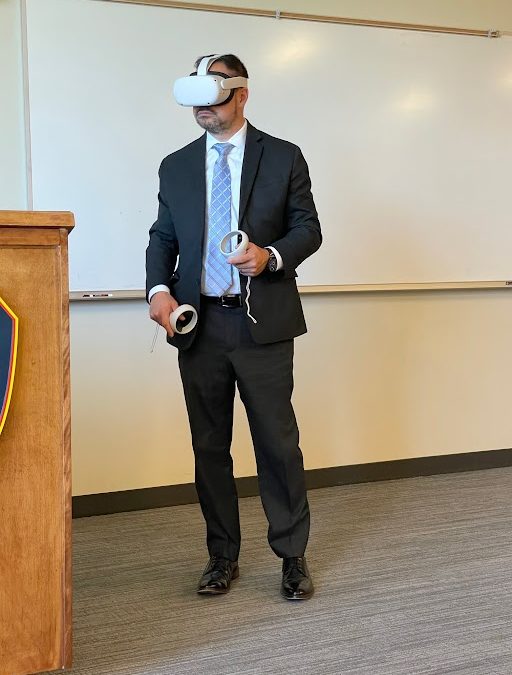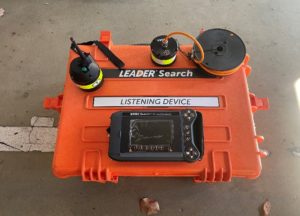On March 3, 2022, an explosion occurred at Friendly Garden Apartments on Lyttonsville Road in Silver Spring, MD, igniting a large-scale structure fire that injured 14 individuals and displaced an estimated 200 residents. As the fire consumed the four-story building, which ultimately resulted in a near total collapse of the structure, first responders on-scene deployed small unmanned aerial systems (sUAS) to support information gathering and situational awareness to aid in rescue operations.
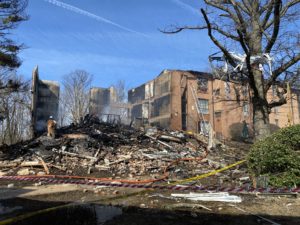
Over the past four years, Montgomery County Police Department (MCPD), Montgomery County Fire and Rescue Service (MCFRS), and Montgomery County Office of Emergency Management and Homeland Security (OEMHS) have partnered with the Maryland-National Capital Region Emergency Response System to develop, deploy, and expand their sUAS capabilities. With a focus on information gathering and shared situational awareness, MDERS and Montgomery County collaborated to develop a systematic framework that provided the planning, training, and equipment necessary to support emergency response operations. The capabilities provided through MDERS, including sUAS platforms, peripheral accessories, software systems, and support equipment were heavily relied upon during the Lyttonsville Road incident.
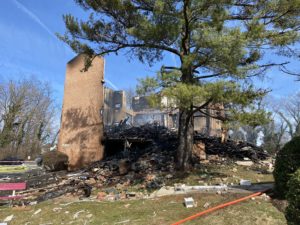 MCPD and MCFRS utilized their sUAS platforms to live-stream a 360-degree view of the incident scene to the Incident Command Post (ICP). Through the DroneSense software, the Incident Commander and other responders were able to remotely access and view this secured, live footage to aid in time-sensitive decision making. MCPD, in coordination with MCFRS, utilized mounted thermal imaging devices to identify “hotspots” within the structure fire that aided the prioritization of fire suppression activities to critical locations within the apartment complex. Simultaneously, MCPD deployed a secondary sUAS platform to conduct mapping missions, supported by specialized software, intended to aid the investigation process. Throughout the entirety of the Lyttonsville Road response operations, MCPD utilized a specially outfitted Chevrolet Tahoe, provided through MDERS, equipped with spare parts, extra batteries, chargers, and specialized tools to support sUAS flight operations.
MCPD and MCFRS utilized their sUAS platforms to live-stream a 360-degree view of the incident scene to the Incident Command Post (ICP). Through the DroneSense software, the Incident Commander and other responders were able to remotely access and view this secured, live footage to aid in time-sensitive decision making. MCPD, in coordination with MCFRS, utilized mounted thermal imaging devices to identify “hotspots” within the structure fire that aided the prioritization of fire suppression activities to critical locations within the apartment complex. Simultaneously, MCPD deployed a secondary sUAS platform to conduct mapping missions, supported by specialized software, intended to aid the investigation process. Throughout the entirety of the Lyttonsville Road response operations, MCPD utilized a specially outfitted Chevrolet Tahoe, provided through MDERS, equipped with spare parts, extra batteries, chargers, and specialized tools to support sUAS flight operations.
The Lyttonsville Road explosion and fire demonstrates the value of sUAS capabilities in emergency response operations. The continued implementation of sUAS capabilities within public safety agencies minimizes the risk of injury to responders while increasing situational awareness, allowing responding agencies to formulate an appropriate intervention in complex and evolving environments.


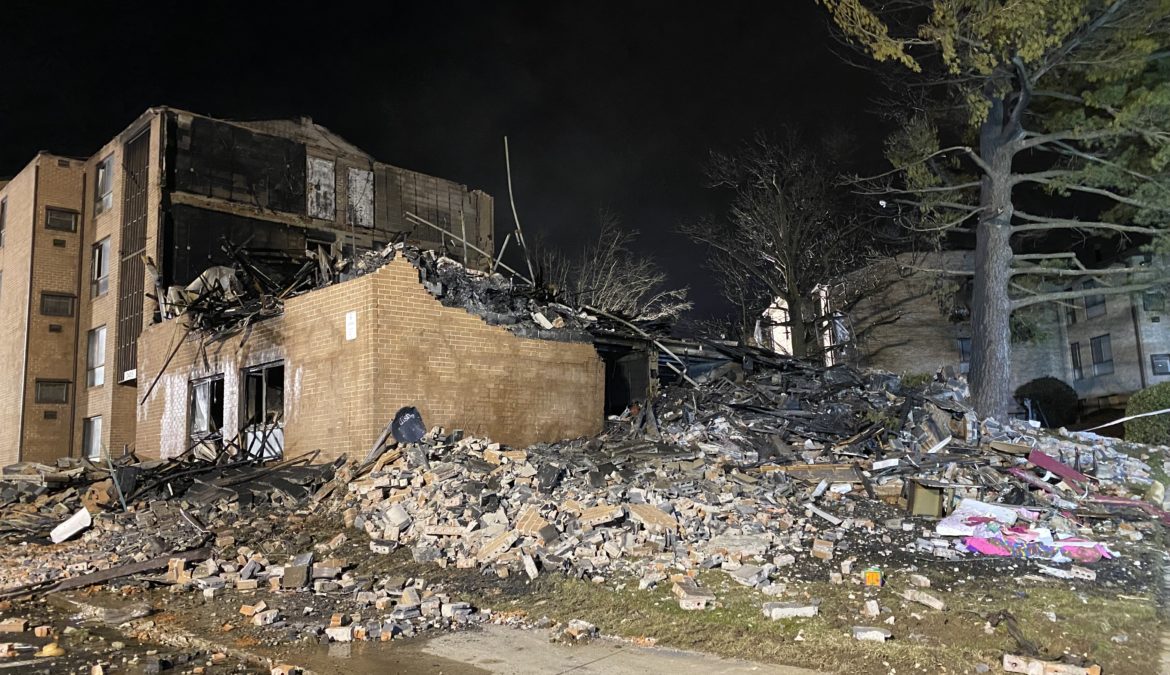
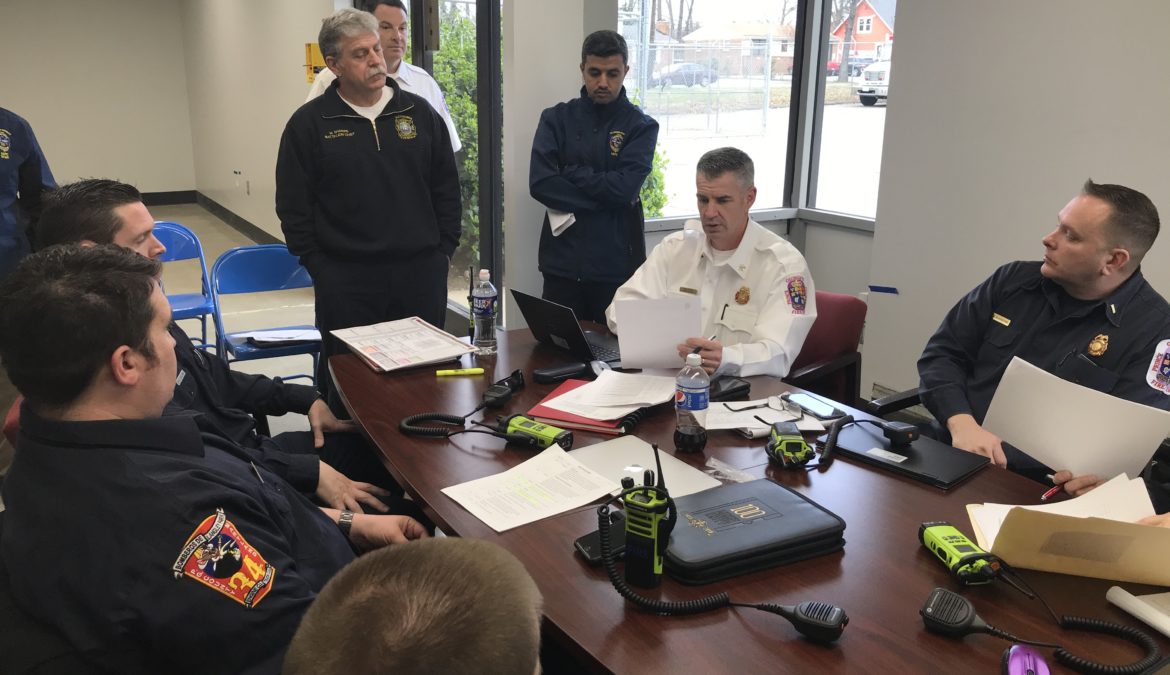


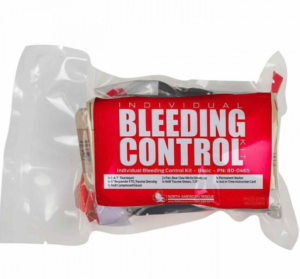 The PATC kits, found in all Montgomery County public high schools, are one component of the larger PATC program administered by the Maryland-National Capital Region Emergency Response System (MDERS). The PATC program aims to empower community members throughout Prince George’s and Montgomery Counties to respond to life-threatening blood loss, or other common forms of trauma, through the deployment of medical equipment, training, and other educational resources. Currently, MDERS and its stakeholders are focused on the continued proliferation of PATC kits throughout government buildings and other public facilities across the Maryland-National Capital Region.
The PATC kits, found in all Montgomery County public high schools, are one component of the larger PATC program administered by the Maryland-National Capital Region Emergency Response System (MDERS). The PATC program aims to empower community members throughout Prince George’s and Montgomery Counties to respond to life-threatening blood loss, or other common forms of trauma, through the deployment of medical equipment, training, and other educational resources. Currently, MDERS and its stakeholders are focused on the continued proliferation of PATC kits throughout government buildings and other public facilities across the Maryland-National Capital Region.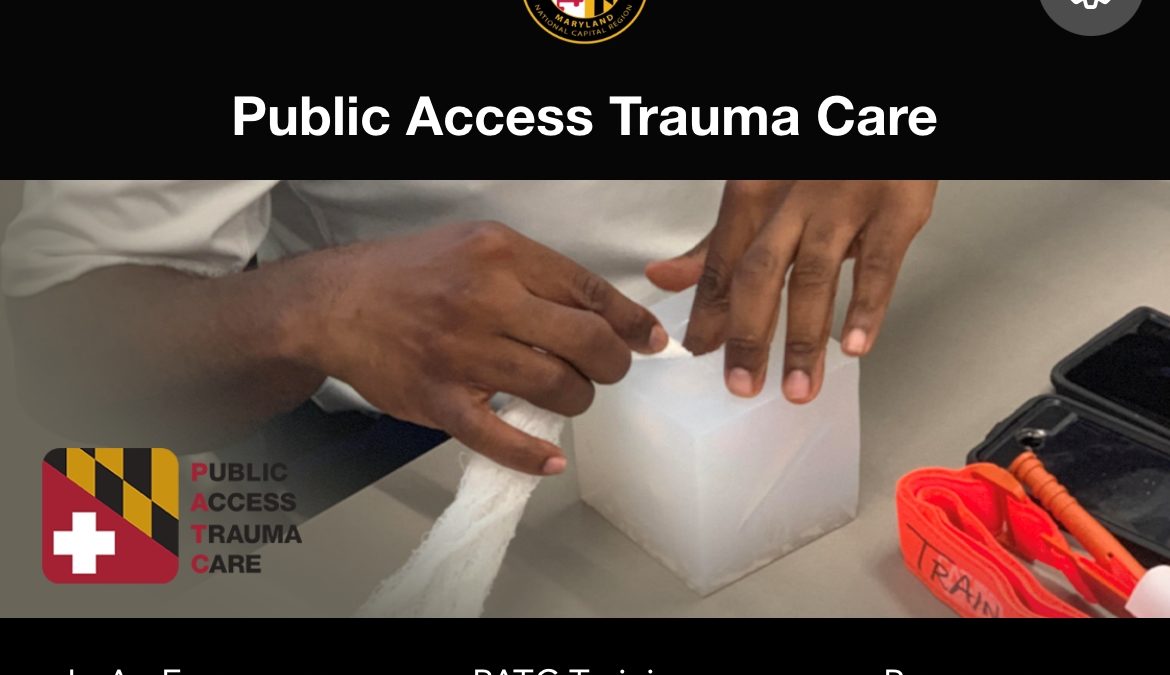
 In an Emergency
In an Emergency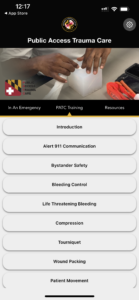 PATC Training
PATC Training Resources
Resources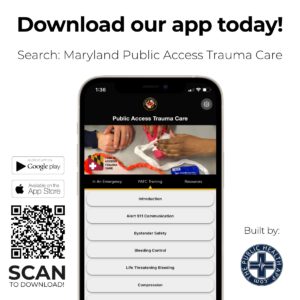
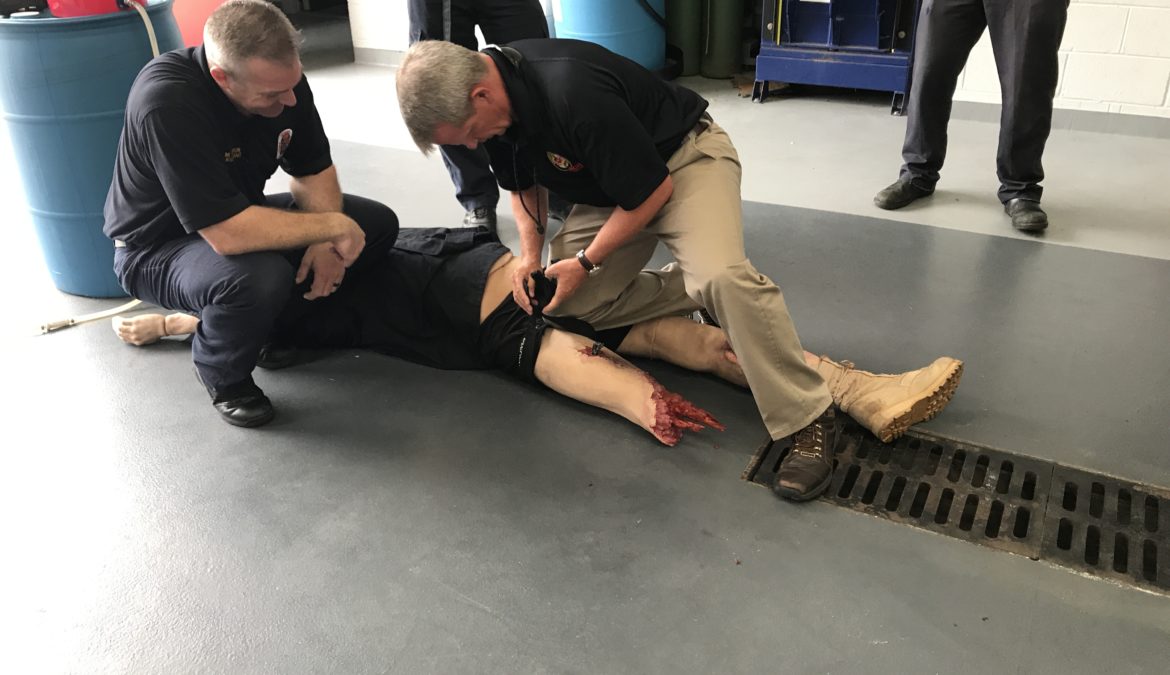
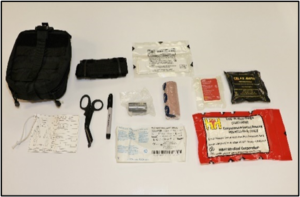


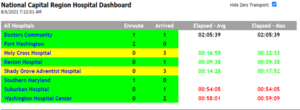
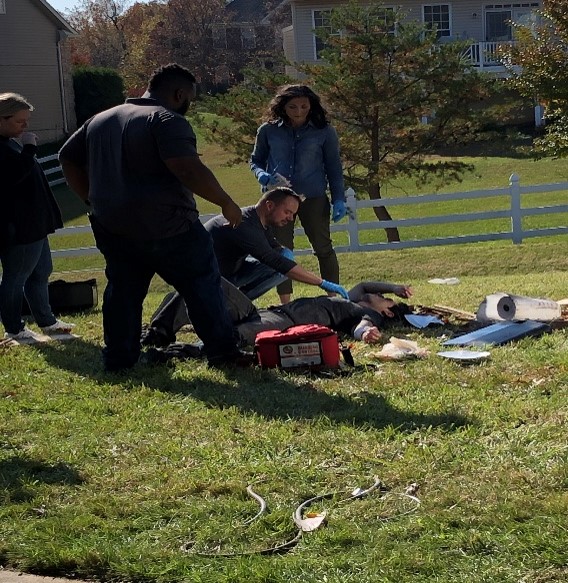
 The videos show the proper techniques and tools to treat life-threatening injuries using the equipment and supplies provided in the PATC kits. Students learn how to accurately identify the type and extent of an injury, how to render aid, and which bandages and supplies to use. The five training videos teach individuals how to apply a chest seal, apply a tourniquet, pack a wound, apply direct pressure, and maneuver a victim into the recovery position. Each video demonstrates the application of a skill with detailed narration explaining each step taken by a citizen responder.
The videos show the proper techniques and tools to treat life-threatening injuries using the equipment and supplies provided in the PATC kits. Students learn how to accurately identify the type and extent of an injury, how to render aid, and which bandages and supplies to use. The five training videos teach individuals how to apply a chest seal, apply a tourniquet, pack a wound, apply direct pressure, and maneuver a victim into the recovery position. Each video demonstrates the application of a skill with detailed narration explaining each step taken by a citizen responder.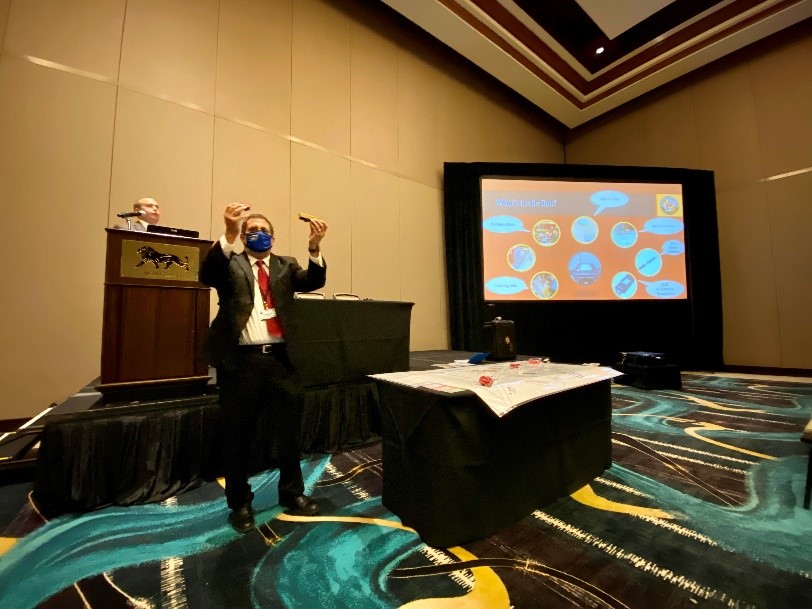
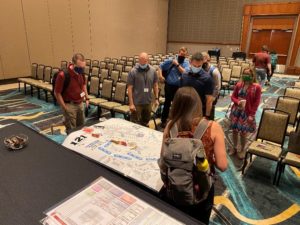 The MDERS Tabletop in a Box program is a coordinated effort with stakeholder agencies to provide a portable Incident Command System (ICS) training tool. The Tabletop in a Box program includes pre-scripted exercises, manipulatives, and maps of target hazard locations within their area of jurisdiction. This programs main tool is a portable box containing all materials required to run a hybrid exercise. This approach provides stakeholders with a forum to discuss, evaluate, and deconflict their response policies and procedures in a collaborative environment.
The MDERS Tabletop in a Box program is a coordinated effort with stakeholder agencies to provide a portable Incident Command System (ICS) training tool. The Tabletop in a Box program includes pre-scripted exercises, manipulatives, and maps of target hazard locations within their area of jurisdiction. This programs main tool is a portable box containing all materials required to run a hybrid exercise. This approach provides stakeholders with a forum to discuss, evaluate, and deconflict their response policies and procedures in a collaborative environment.
